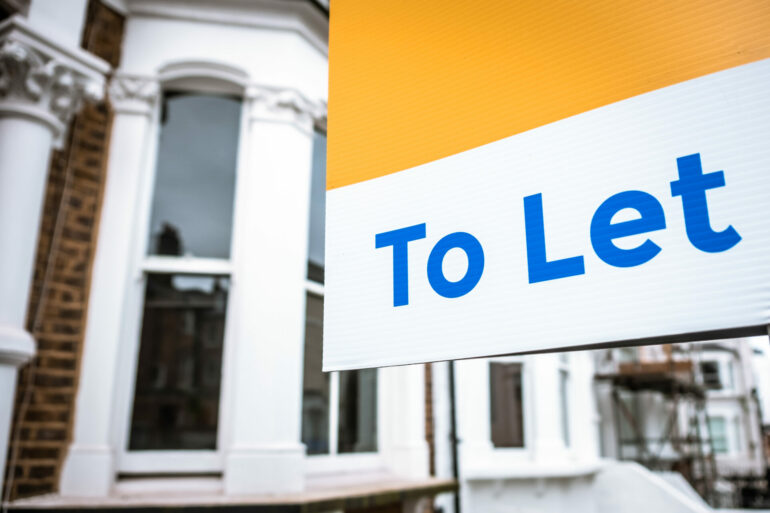Record tenant demand and properties being let out quicker than ever before has led to the average asking rent of a home outside London surpassing £1,000 per calendar month for the first time, according to Rightmove.
Rightmove’s Quarterly Rental Trends Tracker, based on over 470,000 properties, reveals that the number of prospective tenants contacting agents about properties for rent is currently 10% higher than in July 2020 across Great Britain, despite last year benefitting from pent-up tenant demand when the rental market re-opened in mid-May in England.
The average asking rent is now higher than this time last year in every region except London, although the capital is starting to see an improvement. London rents grew by 1.5% in Q2 compared to Q1, marking the first increase since Q1 last year before the pandemic started. They are now down by 3.1% annually, with the quarterly increase being driven by the outer London zones.
At the start of this year Rightmove reported double digit annual declines in some of the biggest city centres across Britain, and a flood of rental properties entering the market as many tenants chose to move out of cities. There are now signs that tenants are starting to return, helping to stabilise or increase rents.
In Nottingham city centre, asking rents are up annually by 6.8%, and the next best performing city centre is Liverpool, where rents are up by 3.8%. Inner London (-6.8%) and Edinburgh (-4.0%) are yet to recover, but higher tenant demand is likely to lead to rents rising again over the coming months.
Areas that have seen the biggest rent rises over the past year include city suburbs, commuter towns and coastal locations. Rochdale, Folkestone and Farnham have all seen asking rents jump by more than 25%.
The time it is taking for a letting agent to find a tenant for a property is at a record low of 21 days nationally, measured from the date they are first marketed on Rightmove until the property is marked as let agreed. This pace has led to a drop in available stock of 36% across Great Britain.
Rightmove’s director of property data Tim Bannister said: “At the start of this year the impact that tenants leaving cities had on rents was clear to see, but with restrictions continuing to lift we’re seeing signs of the city centre comeback. As businesses settle into a more structured balance between home and office time, we expect this to continue for the rest of the year.
“Tenants across Britain are being faced with low stock and record rents in many areas, likely fuelled by some tenants signing longer leases last year and also perhaps by a rush of people who chose to move back in with family last year, who are now making plans to rent again and in many cases starting to think about their new daily commute. We’re also starting to see signs of London rents creeping up again, but they’re still lower than two years ago so it will take time.”
Agent’s View
Rob Cuffe, director at Philip James in Manchester, said: “We’ve seen demand for properties in the city centre surge in the last month and shortage of stock is now our biggest problem.
“In fact we currently only have 38 properties available to rent out of our 2,500 managed properties. City centre rents are continuing to increase compared to this time last year and the South Manchester rental market is booming with rents up 7%. Since lockdown we’re continuing to see an increase in demand for properties with outdoor spaces such as balconies or terraces.
“Currently, two-bed city centre apartments are achieving rents in excess of £1,200 in the popular developments, and any with outside space are the most sought after. We’re letting all of our properties in an average of just 10 days.”



